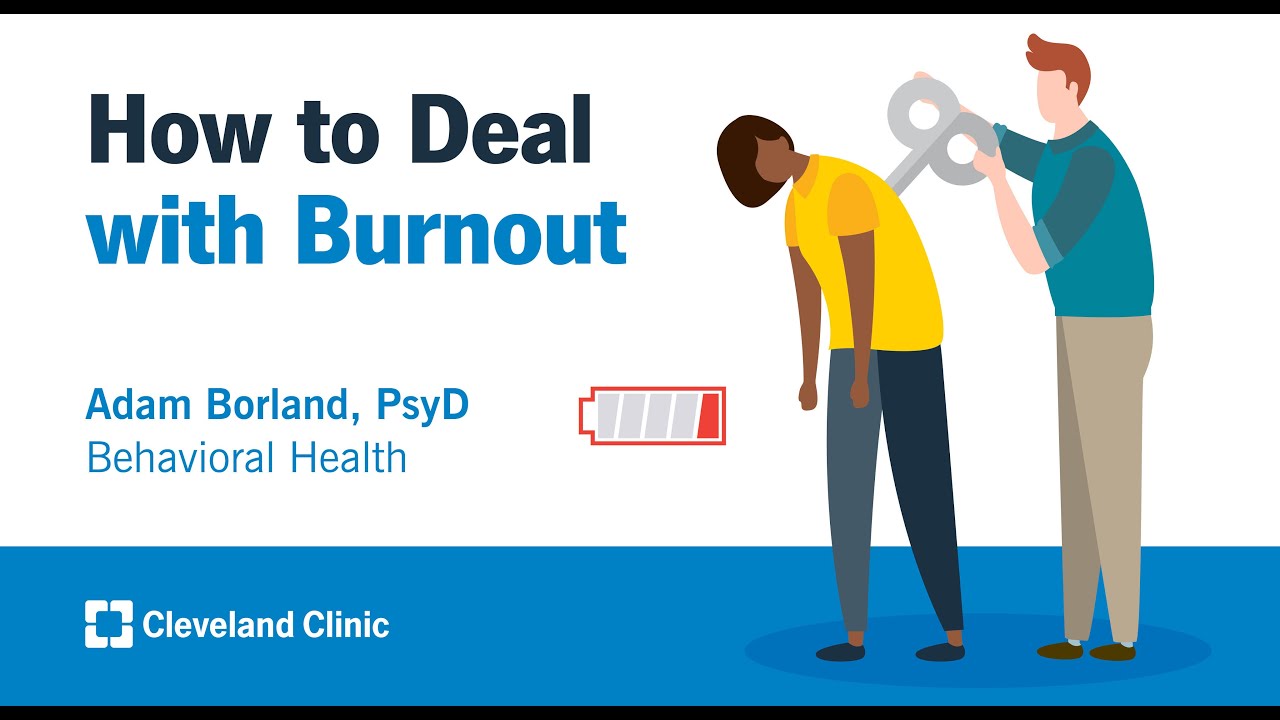Hoe houden onze hersenen ons voor de gek? (1/5)
Summary
TLDRIn this engaging lecture, social psychologist Dr. Daniel Wigboldus explores the intriguing dynamics of how our brains process information and form judgments, particularly focusing on the role of stereotypes and prejudices. Through a series of thought-provoking experiments, he demonstrates how preconceived notions can significantly influence our perception and understanding of others. The talk delves into the automatic nature of these cognitive biases, challenging the audience to reconsider how they observe and interpret the world around them.
Takeaways
- 😲 The script discusses the influence of stereotypes and preconceived notions on our perception and judgment of others.
- 🎓 Professor Dr. Daniel Wig from the University of the Netherlands presents the topic, highlighting the importance of understanding social psychology.
- 🧠 The human brain is predisposed to categorize and judge based on pre-existing knowledge, which can lead to errors in perception and judgment.
- 👀 The script uses optical illusions and visual tricks to demonstrate how our brains automatically interpret what we see based on our expectations and knowledge.
- 📊 An experiment is conducted where participants rank statements about a person named Karin based on probability, illustrating how stereotypes can skew judgment.
- 🤔 The audience is challenged to think critically about their assumptions and the impact of stereotypes on their perception of others.
- 🗣️ The script emphasizes the role of stereotypes in professional environments, such as law enforcement and judiciary, where unbiased judgment is crucial.
- 📚 Walter Lippmann's book 'Public Opinion' is mentioned as a foundational work introducing the concept of stereotypes and their influence on perception.
- 🔍 The script explores how our initial observations of others are not just a result of what we see but are heavily influenced by our preconceived notions and stereotypes.
- 🚨 A real-life example is given where a social psychologist's profession is stereotyped, showing how stereotypes can lead to misjudgment even among the educated.
- 👥 The importance of being aware of our biases and the role they play in forming opinions about others is stressed, encouraging a more objective approach.
Q & A
Who is the speaker in the video script?
-The speaker in the video script is Dr. Daniel Wigboldus, a professor of Social Psychology at a Dutch university.
What is the main topic discussed by Dr. Daniel Wigboldus?
-The main topic discussed is the influence of stereotypes and prejudices on our perception and judgment of others.
What is the significance of the character 'Karin' in the script?
-Karin is a hypothetical character used by Dr. Wigboldus to illustrate how people make judgments based on stereotypes and limited information.
What is the purpose of the exercise with the six statements about Karin?
-The purpose of the exercise is to demonstrate how people quickly form judgments and sort information based on stereotypes, even when the information is incomplete or ambiguous.
Why does Dr. Wigboldus mention the concept of 'deelverzameling' during the exercise?
-Dr. Wigboldus uses 'deelverzameling' (subset) to explain the logical fallacy in the participants' reasoning, where they incorrectly assume that being a bank employee and a feminist is more likely than just being a bank employee.
What does Dr. Wigboldus imply about the role of stereotypes in professional judgments?
-He implies that stereotypes can significantly influence professional judgments, which is crucial for professions like policing or judging, where objectivity is essential.
Who is Walter Lippmann and why is he mentioned in the script?
-Walter Lippmann was a journalist who introduced the concept of stereotypes in his book 'Public Opinion' published in 1922. He is mentioned to highlight the historical context and influence of his work on the understanding of stereotypes.
What is the psychological phenomenon demonstrated by the optical illusions in the script?
-The optical illusions demonstrate how our brains automatically interpret visual information based on prior knowledge and expectations, which can lead to misperceptions even when the actual information contradicts these preconceived notions.
Why does Dr. Wigboldus discuss the example of the chessboard with shadows?
-The chessboard example illustrates how our perception of light and dark can be influenced by context and prior knowledge, leading to the misjudgment of the actual colors of the squares.
What is the significance of the 'S' figure shown towards the end of the script?
-The 'S' figure is used to show how once our brain recognizes a pattern or association (in this case, the word 'sex'), it becomes nearly impossible to unsee it, highlighting the lasting impact of knowledge on perception.
What is the key takeaway from the script regarding the perception of others?
-The key takeaway is that our pre-existing knowledge and stereotypes significantly influence how we perceive and judge others, often leading to biased or incorrect assessments.
Outlines

Dieser Bereich ist nur für Premium-Benutzer verfügbar. Bitte führen Sie ein Upgrade durch, um auf diesen Abschnitt zuzugreifen.
Upgrade durchführenMindmap

Dieser Bereich ist nur für Premium-Benutzer verfügbar. Bitte führen Sie ein Upgrade durch, um auf diesen Abschnitt zuzugreifen.
Upgrade durchführenKeywords

Dieser Bereich ist nur für Premium-Benutzer verfügbar. Bitte führen Sie ein Upgrade durch, um auf diesen Abschnitt zuzugreifen.
Upgrade durchführenHighlights

Dieser Bereich ist nur für Premium-Benutzer verfügbar. Bitte führen Sie ein Upgrade durch, um auf diesen Abschnitt zuzugreifen.
Upgrade durchführenTranscripts

Dieser Bereich ist nur für Premium-Benutzer verfügbar. Bitte führen Sie ein Upgrade durch, um auf diesen Abschnitt zuzugreifen.
Upgrade durchführen5.0 / 5 (0 votes)






